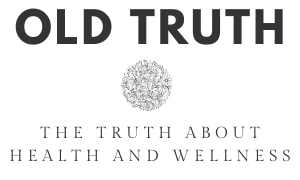Shared custody and the basics of child custody are experiences that a lot of people struggle to navigate. The process can be a daunting task and even once terms are agreed upon there are things that can still complicate shared custody and co-parenting arrangements. Head lice infestations, for example, are capable of doing as much.
Identifying Lice
Pay attention when your child says something like, “My head is tingling,” or “I feel something crawling in my hair.” Each child has a different sensitivity to the presence of lice and it could take a couple of weeks for a child with really long or thick hair to become fully aware that something is wrong. Checking the scalp regularly after play dates or after he or she has come in contact with lice is a sound way to act against infestation.
How to Get Rid of Lice
As you’ve probably learned through shared custody, communication and planning are vital and that will also be true when you deal with lice. That’s why being proactive is important for handling lice.
According to Cynthia D. Devore, Gordon E. Schutze, and The Council on School Health and Committee on Infectious Diseases, it’s unlikely to prevent lice in any case since children come in contact with one another so frequently.
Allow this truth to inform your prep. Just to be on the safe side, and especially if you have a sociable youngster with lots of practices and play dates, it’s wise to have a simple over-the-counter (OTC) lice kit handy in both homes. OTC remedies are ideal for lice treatments. These products vary, so consult the packaging and your pharmacist to choose the right treatment. There are also professional lice treatment options and in the Tri-State area, professional lice treatment in New Jersey could be a viable option.
Whatever you decide, you should be united in your approach and communicate privately as to not worry about your little one. Once you have come up with a plan, let your child in on it. Do this with some confidence and excitement so that your child also gets excited and less anxious or worried. If you have chosen an OTC remedy, then attentively follow the application and follow-up instructions for the best results. Be patient as lice can be resistant to some treatments but remain confident for your young one and you will indeed find the treatment that works for your situation.
In addition to treating your child’s hair and scalp, you both must clean the linens, clothes, and stuffed animals that have been used and played with within the two days prior to treatment. Things going in the wash should be washed on high heat and then dried on high heat as well for at least 25 minutes. Items that cannot be washed should be dry cleaned or placed in a tightly sealed rubbish sack for two weeks. There are also cleaners and disinfectants that you can use to clean the common areas of your homes. Also, check everyone’s hair for lice and treat anyone with visible adult lice or the eggs in their hair.
The Takeaway
It is important that you and your child know that lice are both common and very manageable. Lice are so easily shared and so common that factor hygiene is rarely at play. Protect your child from feelings of embarrassment or shame by letting them know these things and your clear plan for action. This will help everyone remain calm and make the treatment process simpler.

Comments are closed, but trackbacks and pingbacks are open.